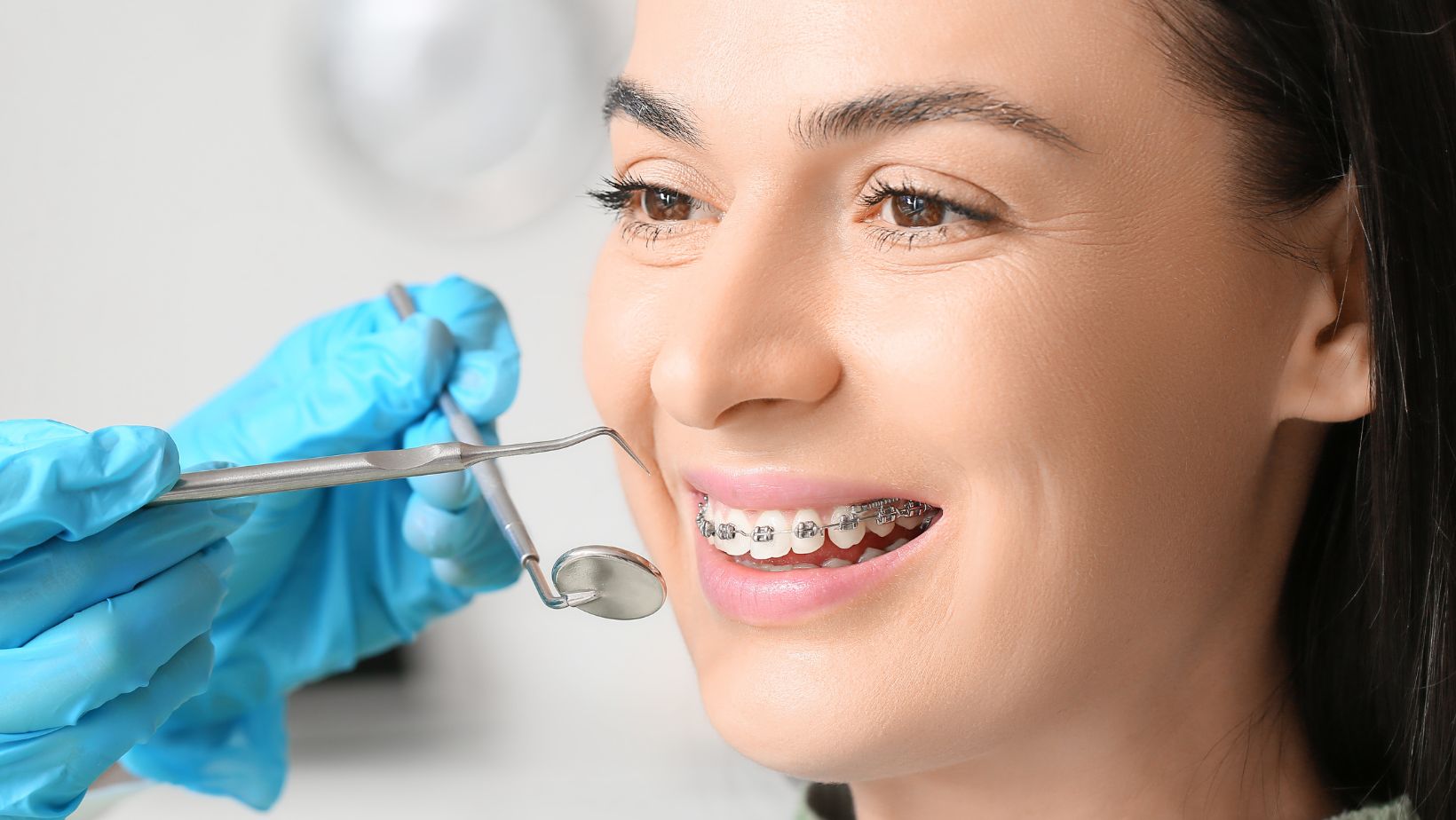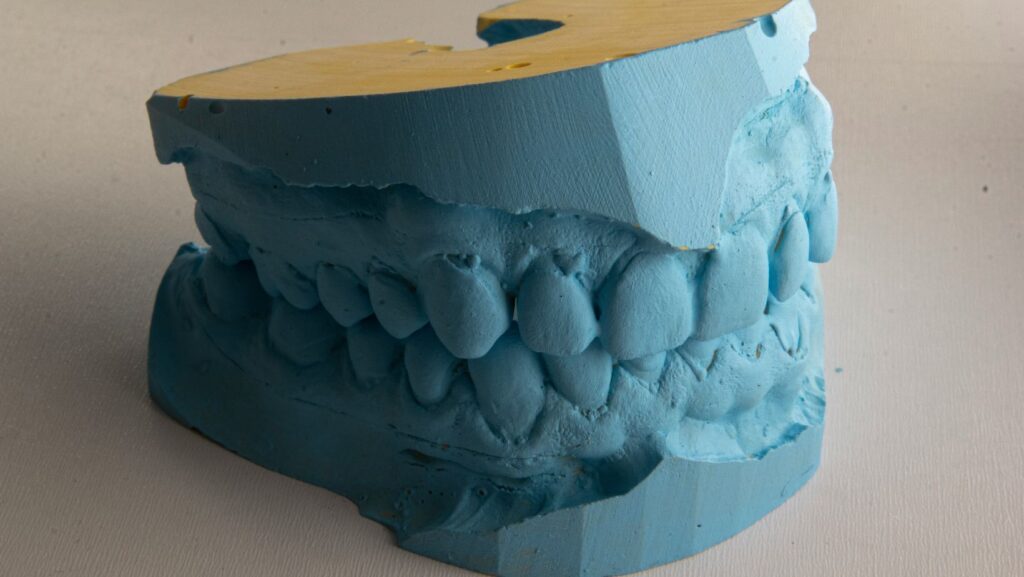The wide range of orthodontic solutions currently available makes choosing the best option seem daunting. Braces represent a significant commitment to the improvement of your smile and your self-esteem.
When you have the correct information, you’ll be able to select orthodontic braces that suit your lifestyle needs while staying within your budget and achieving your smile objectives.
What’s Inside:
- The Different Types of Braces Available Today
- How Much Will Braces Cost You?
- The Pros and Cons of Each Brace Type
- How to Choose Based on Your Lifestyle
- Making Your Decision: Important Factors to Consider
The Different Types of Braces Available Today
Modern braces offer enhanced comfort while being less visible and deliver faster results than previous solutions. A local and trusted Austin orthodontist will guide you through your options to find the best treatment for your individual needs. Patients must obtain information on orthodontic services prior to deciding on their treatment.
Let’s break down your main options:
Traditional Metal Braces
These braces are the traditional option that most people initially visualize. Modern metal braces offer improved comfort and reduced visibility compared to the designs used decades ago.
How they work: Metal brackets are attached to the teeth’ surface and joined with wires that move teeth into correct alignment over time.
Best for:
- Complex orthodontic issues
- Growing children and teenagers
- Budget-conscious patients
Ceramic Braces
Want something less noticeable? Ceramic braces function similarly to metal braces but blend more seamlessly with your natural tooth color.
How they work: These braces function like metal braces but feature clear brackets that blend with tooth color.
Best for:
- People concerned about appearance
- Patients with moderate to severe alignment issues
- Adults, together with teenage patients who desire an orthodontic method with reduced visibility, should consider ceramic braces.
Clear Aligners (Like Invisalign)
Invisible braces have become the groundbreaking innovation sweeping through orthodontic treatment options.
How they work: Clear plastic trays that are custom-made shift your teeth step by step. Patients should change to a new aligner set every one to two weeks.
Best for:
- People who want the most discreet option
- Patients with mild to moderate alignment issues
- Patients who are able to wear them between 20 to 22 hours each day
Lingual Braces
These braces function as the ultimate hidden option by attaching to the back of your teeth.
How they work: These braces function like conventional braces but place brackets and wires on the inner side of the teeth.
Best for:
- People who want completely hidden braces
- Professionals and adults concerned about appearance
- Patients without severe bite issues
How Much Will Braces Cost You?
We need to discuss finances since cost remains a significant consideration for the majority of people.

The U.S. orthodontics market reached USD 3.23 billion in 2023 and is anticipated to expand to USD 12.41 billion by 2032 while maintaining a CAGR of 21.2% during this forecast period. The market expansion indicates strong consumer interest and a wide array of treatment choices.
The cost varies widely depending on:
- Type of braces you choose
- The complexity of your case
- Duration of treatment
- Your location
- Insurance coverage
Here’s a general breakdown:
Traditional Metal Braces: Ceramic braces typically cost between $4,000 and $8,000.
Orthodontists often have flexible payment plans available, and some dental insurance providers offer partial coverage for orthodontic treatments. Be sure to know your insurance benefits and inquire about available financing solutions.
The Pros and Cons of Each Brace Type
Now, we need to thoroughly examine the benefits and drawbacks associated with each brace type. Braces come in different forms, which possess distinct advantages and disadvantages.
Traditional Metal Braces
Pros:
- Most affordable option
- Effective for complex cases
- No compliance issues
- Kids can personalize with colored bands
Cons:
- Most visible option
- Can irritate cheeks initially
- Food restrictions
- Require frequent office visits
Ceramic Braces
Pros:
- Less noticeable than metal
- Just as effective in most cases
- Fixed appliance
Cons:
- More expensive than metal
- Brackets can stain
- More brittle than metal
- Still visible up close
Clear Aligners
Pros:
- Nearly invisible
- Removable for eating
- No food restrictions
- Fewer office visits
Cons:
- Requires compliance (20-22 hours daily)
- Not for complex cases
- Easy to lose
- More expensive
Lingual Braces
Pros:
- Completely hidden
- Effective for many cases
- No compliance issues
Cons:
- Most expensive option
- Affects speech
- Difficult to clean
- Not for severe cases
How to Choose Based on Your Lifestyle
The type of braces you select should depend on your daily schedule. We need to evaluate how specific types of braces work with different lifestyle needs.
For Active Athletes
If you play contact sports:
- Active athletes can take out their clear aligners to put on a sports mouthguard.
- Lingual braces stay out of harm’s way
- Traditional braces require a special orthodontic mouthguard
For Public-Facing Professionals
If appearance is critical for your job:
- Clear aligners are nearly invisible
- Lingual braces offer complete discretion
- Ceramic braces provide a good middle-ground
For Busy Adults
If you have a hectic schedule:
- Clear aligners typically require fewer office visits
- Traditional braces might need more frequent adjustments
- Consider treatment length – some options work faster
For Children and Teens
For younger patients:
- Traditional metal braces offer the most control
- Removable orthodontic options may lead to compliance challenges
- Evaluate how long your braces will last because children may not handle them with enough care.
Making Your Decision: Important Factors to Consider
Evaluate these essential considerations before making your final choice.
1. Treatment Time
What duration will you need to wear braces according to your treatment plan? The orthodontic industry is projected to experience a 10% growth by 2025, thanks to technological advancements.
- Metal braces generally require a treatment period of 18 months to 3 years.
- Ceramic braces: Similar to metal
- Suitable cases require clear aligners for treatment durations ranging from half a year to two years.
- The typical treatment duration for lingual braces ranges from 18 months to 3 years.
2. Comfort Level
How much discomfort can you tolerate?
- Braces initially cause some discomfort regardless of type.
- Lingual braces can affect speech
- Clear aligners typically cause less irritation
- Cheeks can experience irritation from contact with metal and ceramic brackets.
3. Maintenance Requirements
How much time do you have available to clean your orthodontic equipment?

- Clear aligners must be removed before eating
- Traditional braces require careful brushing around brackets
- Maintaining cleanliness for lingual braces requires extra effort.
- All options require consistent dental hygiene
4. Your Orthodontic Concerns
What issues are you trying to correct?
- Any orthodontic option can typically address simple tooth alignment problems
- Severe bite problems may require traditional braces
- Your orthodontist will recommend the viable treatment options for you.
5. Long-Term Results
What happens after your braces come off?
- All options require retainers to maintain results
- Patients must consistently follow retainer usage instructions for any orthodontic treatment they select.
- Certain orthodontic treatments need distinct retention protocols.
The Growing Popularity of Orthodontic Treatments
All age groups demonstrate an increasing need for orthodontic treatments.
This growth isn’t just about appearance anymore. The general public understands that teeth that are properly aligned produce multiple benefits.
- Better oral hygiene and health
- Reduced risk of tooth wear
- Improved speech function
- Greater self-confidence
The Path Forward: Final Thoughts
The selection of braces depends on individual requirements, lifestyle, considerations, and financial limitations. The main objective remains to establish a functional and healthy bite, even though aesthetics hold importance.
Many orthodontic practices provide no-cost preliminary consultations to explore your treatment options.
- Discuss available options
- Get a treatment timeline
- Understand total costs
- Have questions answered
The right orthodontist will listen to your specific concerns and develop the ideal treatment plan for your smile. The outcome of any chosen treatment leads to a straighter smile that will bring you pride.
